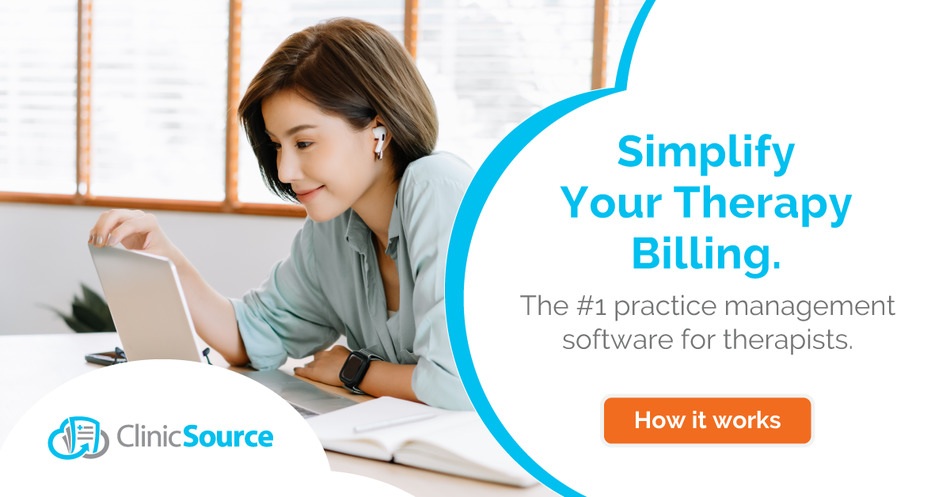
Highlights
- When treating adolescent self-harm, it is vital to have updated research and therapy approaches to provide the best care.
- Therapy modalities like cognitive behavior therapy and dialectical therapy have emerged as beneficial treatments for adolescent self-harm.
- Helping your teenage patients use traditional behavioral therapies alongside pharmacotherapies may provide the best outcome.
During the past two decades, numerous studies have examined various aspects of adolescent self-harm and suicide. Recent research indicates that there are various ways for teenagers to cope with triggers for self-harming tendencies and develop more effective mental health management strategies.
Explore the latest studies on self-harm in young people to better understand the treatments available for adolescents struggling with mental health issues.
Overview of Current Research on Adolescent Self-Harm
The prevalence of self-harm is higher in young people than in any other age group. Approximately 10% to 20% of teenagers reported suicidal ideation and suicide attempts in 2020, indicating that self-harm is most prevalent during adolescence.
The risk of detrimental psychosocial outcomes in young people has been linked to self-harm with or without suicidal intent.
COVID-19 and Self-Harm
Multiple studies and reviews documented the effects of the COVID-19 pandemic on the mental health of young adults. For instance, a meta-analysis found that young adults experienced higher rates of anxiety, depression, stress, sleep issues, and post-traumatic symptoms, especially among women and people infected with the virus.
A 2022 study found that those who experienced high levels of post-traumatic stress due to the COVID-19 pandemic increased their likelihood of self-harm by one-fold. Forty-five percent of respondents engaged in self-harm without suicidal intent, and 18% did so to commit suicide.
Borderline Personality and Self-Harm
Many adolescents in mental health institutions have borderline personality disorder (BPD). BPD affects 10% of ambulatory patients, nearly 50% of those in hospital care units, and 80% of suicidal teenagers. In a retrospective study, 91% of adult patients with BPD had a history of self-harm, with 30.2% reporting self-harm between the ages of 13 and 17.
A meta-analysis involving teenagers and young adults revealed a BPD diagnosis was the strongest indicator of repetitive suicidal behavior and self-harm episodes. Navigating interpersonal relationships also affects the likelihood of self-harm for teenagers with BPD. For instance, a 2021 study suggests that loneliness and fear of rejection can contribute to the likelihood of self-harm among teenagers with BPD.

Clinical Treatments for Adolescent Self-Harm
Various psychotherapy and pharmacotherapy treatments are available to treat adolescent suicidality and self-harm. A 2021 review of studies found that psychotherapy reduces self-harm behavior significantly in adolescents with BPD.
Dialectical Behavior Therapy (DBT)
A 2021 meta-analysis revealed that dialectical behavior therapy for adolescents (DBT-A) effectively reduces adolescent self-harm and suicidal ideation. Longer sessions of DBT-A sessions may play a crucial role in its ability to reduce self-harm behaviors. Another study found a 30% lower rate of repetitive self-harm episodes due to DBT-A compared to other alternative psychotherapies.
DBT-A may also work well in online settings when working with teenagers learning how to handle emotional dysregulation. During the COVID-19 pandemic, teens enrolled in online DBT-A skill group therapy valued peer interaction with ongoing discussions and feedback to learn techniques and coping strategies.
Cognitive-behavioral Therapy
A 2021 systematic review concluded that cognitive-behavior therapy (CBT) reduces suicidal behavior risk in adolescents with depression and cuts suicide re-attempt rates by half among emergency room patients after recent suicide attempts. Researchers suggest that CBT may help a person’s ability to control impulses, regulate their emotions, and reframe their condition and stressors.
However, an analysis of interventions for adolescent self-harm found that CBT-based psychotherapy does not reduce the frequency of self-harm. Since few teenagers completed acute treatment and fewer attended booster sessions, the analysis found no evidence that cognitive-behavioral therapy affected the completion rate. It concludes that there needs to be further research and evaluation for CBT‐based psychotherapy for adolescents.
Mentalization-based Therapy
Mentalization-based therapy for adolescents (MBT-A) involves understanding and regulating emotions to minimize the chances of engaging in self-harm in times of emotional distress. A 2021 study reported that suicidal ideation and self-harm decreased with MBT.
However, a review of two MBT-A trials found no significant reduction in the repetition of self-harm after an intervention. One of these trials found that the results were imprecise to prove that MBT-A affected the recurrence of self-harm episodes.
According to the study’s authors, 50% of the young patients attended 50% or more sessions, while 27.3% did not attend any. The review concludes that it is uncertain whether MBT‐A reduced the repetition of self‐harm at the post‐intervention assessment due to a small pool of adolescents who show risk-taking and self-harm behaviors.

Family Interventions
Family interventions involve adolescent and family therapy sessions to discuss self-harm incidents, development issues, and interpersonal communication.
An evaluation of interventions involving family therapy sessions found uncertain evidence that they prevent adolescents from self-harming. One trial showed no effect on repetitive self-harm episodes after an 18-month follow-up assessment.
However, other research has found that improving family cohesion, support, and parental warmth may reduce self-harm and help families function better. A 2021 study found that including parents in intervention programs plays a crucial role in reducing the risk of future self-harm and helping teenagers seek counseling.
A 2021 meta-analysis of adolescent self-harm interventions concluded that family-based therapy was associated with reductions in depression and suicidal ideation by the end of the treatment.
Pharmacotherapy Treatments
Adolescents with a history of self-harm with a suicidal intention may benefit from antidepressants with a low risk of fatal side effects. These medications include selective serotonin reuptake inhibitors (SSRIs). Researchers have found that SSRIs decreased the suicide attempt risk among people after the first month of taking them.
Those who have bipolar disorder or major depression may benefit from ketamine because it relieves depressive thoughts quickly. A 2022 study reported that one to four hours after taking ketamine, people with bipolar disorder and major depression expressed fewer suicidal thoughts.
ClinicSource Can Help Your Patients Dealing with Adolescent Self-Harm
As a compassionate therapy provider, you want to give the best care possible to your patients. Using a cloud-based therapy EHR can help you stay focused on your clients rather than administration tasks or documentation. In one easy-to-use platform, ClinicSource integrates documentation, scheduling, and billing for pediatric therapy.
Symptom templates allow you to enter information about a patient’s disorder, including the onset, frequency, intensity, and duration. These templates automatically create a comprehensive diagnostic summary to help offer your patients a personalized treatment plan.
To learn how ClinicSource can benefit your practice by giving you everything you need for therapy documentation and practice management in one platform, book a demo today.

Let Us Show You











